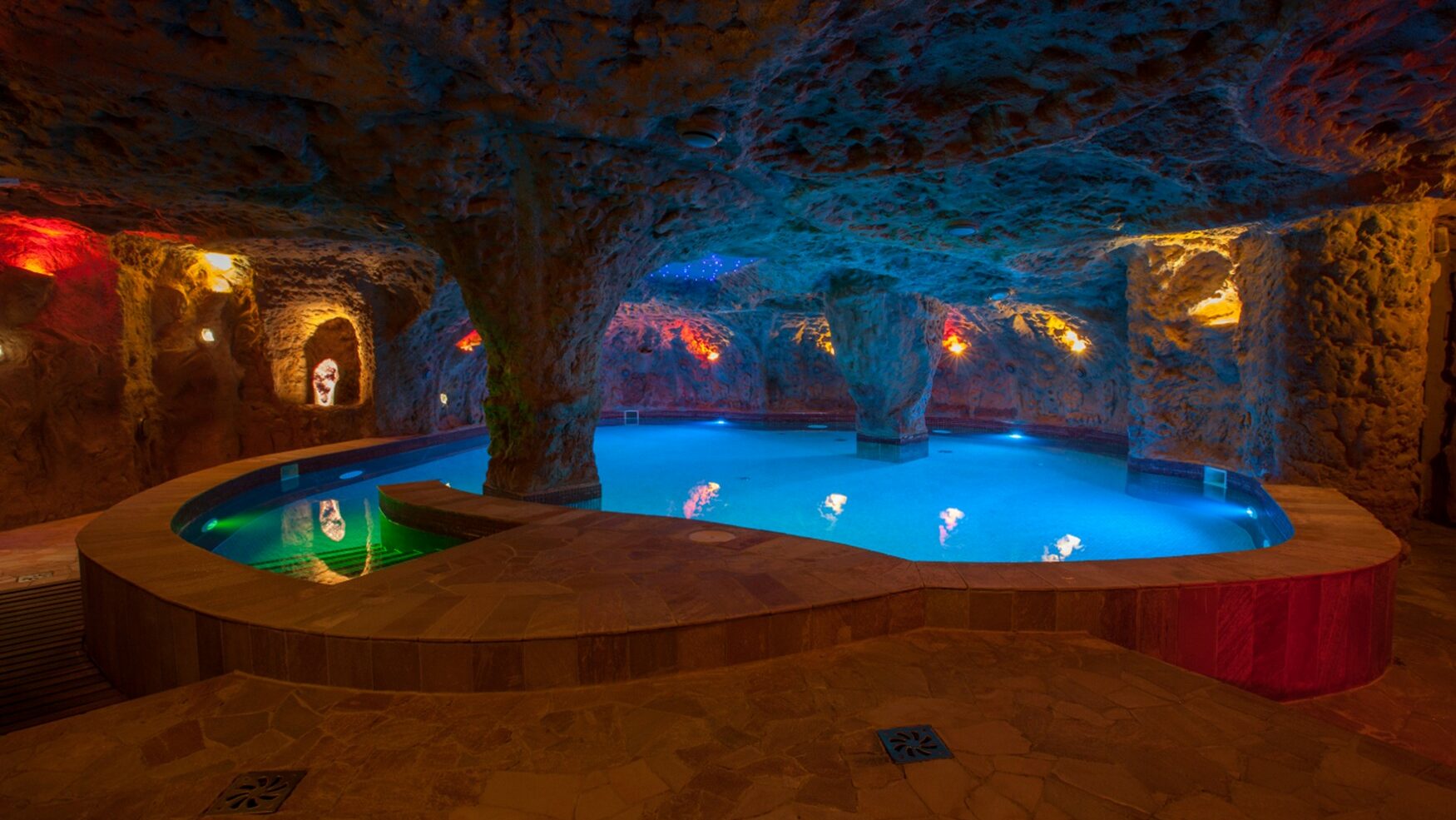Gran Canaria, sorted: Best areas to stay, beaches, nightlife & insider tips
In partnership with Leolytics
By Alex Ford

Four hours from London and you could be trading the relentless grey drizzle for 22°C December sunshine. When looking around Europe for winter sun, the Canary Islands are probably the best option. In fact, they’re the only option if you want reliability, and they play a strange arbitrage between being geographically African, but with the familiar Spanish language and customs.
Best areas to base yourself
Maspalomas & Meloneras
As for why Gran Canaria specifically, it’s best explained by heading to the southern tip, which is like two holidays in one. Maspalomas is the island at its most dramatic: golden dunes that roll on and on for a couple of miles, adjacent to a world-class four-mile beach. Daily beach walks are a given, but an early morning beach run is where things get properly meditative.
Head east into Meloneras and there’s an upmarket shift, a bit like going from Bournemouth to Brighton. It’s a purpose-built extension along a breezy promenade that is lined with palm trees and ocean-view restaurants. It’s the Instagram anchor, yet somehow quieter than its neighbour. It’s full of spa-seekers, and if you’re one of them looking for a pool and wellness facilities, Lopesan hotels in the Canary Islands offer beachfront access and those reliably sunny southern microclimates.
Playa del Inglés
Playa del Ingles (yes, English Beach) earned its name many decades ago yet still pulls the crowds. The beach runs wide and sandy for miles, backed by a dense sprawl of apartments and bars. The Yumbo Centre is the island’s nightlife epicentre, especially if you’re LGBTQ+. Expect drag brunches and a 2am crowd that’s genuinely mixed: British holiday-makers, Spanish mainlanders, German regulars, and locals who know where the good DJs are.
In the daytime, the vibe’s surprisingly relaxed, as you can rent a sunbed, try out some bodyboarding, or just walk towards San Agustin, which will reward you with a quieter, slightly posher neighbour. Think darker sand and fewer Union Jack flags.
Las Palmas de Gran Canaria
The capital is an hour north and can feel like a different island. Las Palmas de Gran Canaria is a proper working city. It’s a cruise-ship port with some university campuses and colonial architecture. Life here doesn’t revolve around tourists, and this can be refreshing, especially when it has a great beach anyway.
Vegueta, the old quarter, deserves a full afternoon. Its cobbled streets lead past 15th-century balconies, and the cathedral where Columbus allegedly prayed. Tapas bars have octopus for just €6 and the locals easily outnumber visitors four to one. The rooftop bars along Calle Triana are also the ideal place to watch sunset with a gin and tonic.
Puerto de Mogán
If you want village-life tranquility, the southwest has Puerto de Mogán, which is a small marina wrapped in bougainvillea, nicknamed “Little Venice” for its canals (though it’s really nothing like Venice). The beach is tiny, the water is glass-calm, and generally come to the harbour restaurants for grilled fish. It’s lovely for two days, potentially boring for seven.
What to do
There are many official recommendations, but dunes at Maspalomas are certainly the marquee attraction – these cannot be missed. When you do head there, go in the golden hour before sunset when everything looks amber. If you’re one of those who actually enjoys exercise, Pozo Izquierdo on the east is where the windsurfers hang out.
Snorkelling is better at Playa de Amadores (calm and clear with rocky edges) or around the rocks at Anfi del Mar. Surfers head to El Confital near Las Palmas when Atlantic swells arrive because it’s a long left-hand reef break that gets some serious respect.
Food-wise, ignore the international menus and hunt for papas arrugadas: wrinkly salt-crusted potatoes with mojo verde (coriander, garlic, oil) or mojo rojo (paprika, cumin, chilli). Pair it with local goat’s cheese or sancocho, which is a salty fish stew (it tastes better than it sounds).
For sunset views without the tourist pricing, drive up to Mirador del Balcón on the northwest coast. The cliffs here are hundreds of meters high. Otherwise, you can just grab a beer at any beach bar in San Agustin.
Getting around
The airport is on the east coast and buses connect to most resorts for around €5. Taxis to Maspalomas can be closer to €35–40.
The island is definitely not huge, but it’s not exactly walkable (Las Palmas to Masualomas is 50km). Public buses (Global) are pretty reliable and cheap, but they won’t give you massive flexibility in terms of staying out late. If you’re staying put in one resort, buses might well be fine. If you want mountain villages or to find the hidden beaches though, hire a car.
Accommodation checklist
When booking a room, look for:
- Beachfront or short walk to sand
- Pool area – but check it gets the sun all day (some north-facing properties get afternoon shade)
- Spa facilities if that matters
- Adults-only zones if you want peace and quiet. Family rooms if you don’t.
- Check accessibility, as some older properties are all stairs.
- Avoid anything more than a 10 minute walk from the beach, especially if you’re going in summer.
- Confirm if breakfast is buffet or a la carte.
